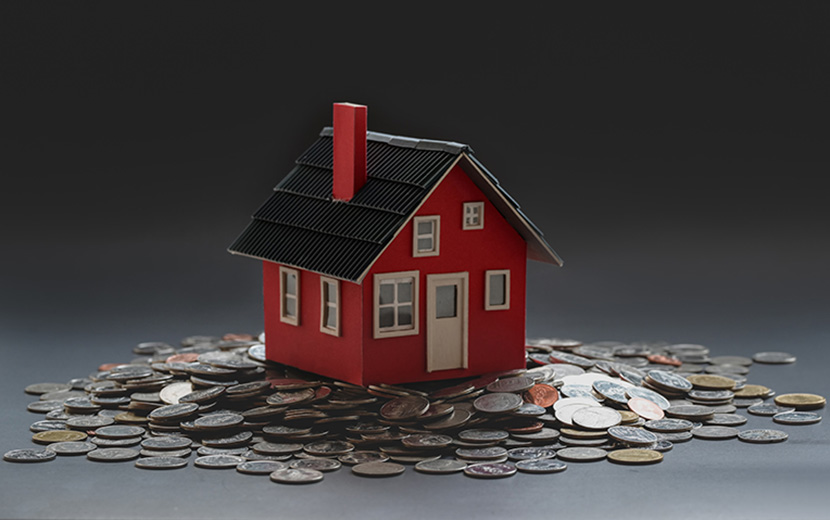
For Many, Despite Low Mortgage Rates, Down Payments Out of Reach

Even though mortgage affordability has improved since 2018 because of ultra-low mortgage rates, home values have grown at nearly twice the rate of incomes over the past six years, said Zillow, Seattle, making saving for a down payment—particularly for first time buyers—a challenge.
Monthly mortgage payments are becoming increasingly affordable for U.S. homeowners as mortgage rates have hit record lows, a new Zillow analysis said. But that masks the difficulties would-be buyers face in getting into homes in the first place after extraordinary price growth has pushed prices further above incomes than they’ve been in at least the past several years.
The analysis found homeowner households earning the median income paid 17.5% of their earnings toward a mortgage on the typical U.S. home in September, down from 19.6% two years earlier. That affordability improvement is thanks to record-low mortgage rates, which have dipped as low as 2.8% this month, down from around 4.85% in October 2018.
But soaring home prices that have outpaced incomes by an “alarming” level in recent years, Zillow said. “Saving for a down payment is a massive financial barrier for potential buyers, especially first-time buyers. More than a quarter of first-time buyers report difficulties saving for a down payment, and 40% of all buyers rely on a gift or loan from family or friends for at least part of their down payment.,” the report said.
Home values have grown 38.3% since September 2014, while homeowner incomes have grown just less than half that amount (18.8%) over the same period. A typical U.S. home is now worth more than three times the median annual homeowner income, the highest it’s been since at least 2014, when Zillow’s analysis began. In January 2014, the typical home was worth about 2.6 times the median homeowner income.
For example, Zillow said putting 20% down on the typical home would have taken about $36,600 at the start of 2014, or 6.4 months of income for the median homeowner household. Now, that would be a $52,000 down payment, or 7.5 months of income. Zillow expects the typical U.S. home to appreciate by 7% over the next year, which would bring that down payment up another $3,600 to about $55,600. Nearly 40% of buyers with a mortgage put at least 20% down, which allows a buyer to avoid private mortgage insurance premiums.
“The path to homeownership, and the savings and wealth-creation benefits that come with it, has gotten harder for many buyers,” said Zillow senior economist Chris Glynn. “Saving for a down payment is the single biggest challenge many potential home buyers face, and it is especially difficult when incomes fail to keep pace with home values. Even still, many buyers sense that prices will slip further out of reach in coming years and desperately want to lock in low mortgage rates while they can, which is likely contributing to the urgency we’re seeing in the market. The current environment is a double win for longtime homeowners who have enjoyed big equity gains and are now able to refinance their mortgage to lower their monthly payments.”
Among the 50 largest U.S. metros, down payments are most in reach for potential buyers in Cleveland, where a 20% down payment on the typical home is equal to 5.1 months of income for the median homeowner household. Milwaukee, Pittsburgh and Memphis have the next most affordable homes by this measure, each at 5.2 months of income. Homes are most difficult to save for in high-priced California metros, led by San Francisco (17.1 months of income), San Jose (16.1), Los Angeles (14.9) and San Diego (13.2).
Zillow noted had pre-pandemic trends held, renters were projected to spend 29.9% of their income on rent in September, the lowest share since at least 2014. But because renters have been hit hard by income loss during the coronavirus pandemic, it’s likely the share is considerably higher. The spread between rent and mortgage affordability illustrates the financial benefits of homeownership — the ability to build equity, often while also spending relatively less on monthly housing payments, is a key avenue for building long-term wealth.
